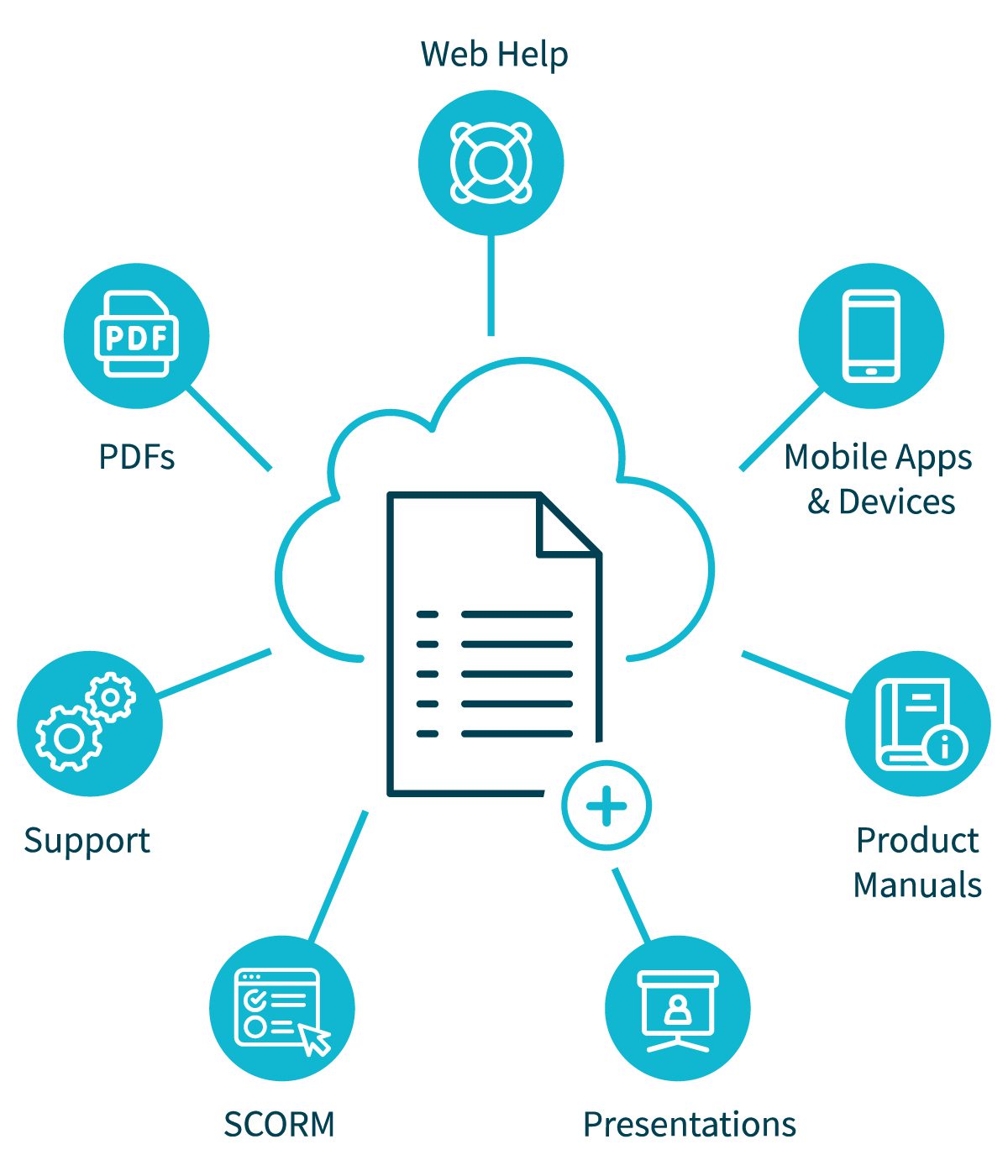Training ROI: 7 tips and the LCMS all-in-one solution
When it comes to employee retention and performance, nothing beats good training. Businesses that spend money on regular training and course creation can enjoy enormous returns on investment (ROI), both financially and organizationally.
Calculating training ROI accurately is a key part of the training process. In this post, we’re going to cover the following topics:
What does training ROI mean?
Training ROI stands for training “return on investment.” It’s a measure of how successful a training program is, often calculated in financial terms.
Organizations use hard numbers to figure out their training ROI, including the cost of the training and its monetary benefits. ROI doesn’t directly measure qualitative data, such as employee or customer satisfaction.
How to calculate ROI for training
ROI is calculated using the net benefits of a training program (total benefits minus costs) divided by the costs, and is usually given as a percentage:
[ (Total Training Benefits – Training Costs) / Training Costs ] x 100 = ROI%


3 methods for calculating training ROI
There are several different methods for getting the numbers needed to calculate training ROI. Organizations should take into consideration their time frame, budget and the types of benefits being measured when choosing the right calculation method.
Three of the most common methods are:
1. The traditional method
The traditional method is best applied to jobs that are highly structured and predictable, such as assembly line workers, where you can easily recognize the direct financial benefits of good training.
Taking our assembly line example, imagine spending $20,000 on equipment training for a group of workers. Before the training, that group was producing 200 products an hour. After the training, they started producing 300.
If each product sells for $1, then this improvement is worth $100 per hour. Multiply that by 8 to find the value of a typical 8-hour shift. That’s $800 a day, or $80,000 over 100 days.
Using our ROI calculation: [ ($80,000 – $20,000) / $20,000 ] x 100= 300%
That’s a 300% ROI after just 100 days.
2. Supervisor assessments
The traditional method won’t work for jobs that are less structured, such as managerial roles with no exact monetary value. This is where supervisor assessments come in handy.
Senior management performs supervisor assessments on middle management, which are based largely on on-the-job observations such as teamwork, organization and customer service.
A senior manager compares a middle manager’s current work against their pre-training performance and assigns percentages of improvement.
For instance: teamwork + 10%, organization + 5%, customer service + 5%.
The average improvement overall in this case would be (10+5+5) / 3 = 6.67%.
If the middle manager’s salary is $60,000, this average improvement of 6.67% is equivalent to $4,002 worth of gains in a year.
Now plug that into our ROI calculation, with an imagined training cost of $800 and you get a 400% ROI:
[ ($4,002 – $800) / $800 ] x 100 = 400% ROI
3. Impact studies
Impact studies seek to evaluate any broader changes to the business as a result of the training, such as customer feedback, churn rates, sales or staff retention.
These studies have four stages:
- 1. Evaluation planning. The organization evaluates the costs of training, decides what factors define improvement and then collects baseline data.
- 2. Training implementation and analysis. During the training period, surveys are a common tool for collecting feedback and tracking progress.
- 3. Results reporting and data collection. The organization starts collecting data on any business impacts of the training, which might include employee self-evaluations, financial reports or supervisor assessments.
- 4. Final assessment and publication. The organization assigns a monetary value to all of the relevant data and the ROI is calculated using the ROI formula.
How to improve your training ROI
Improving your training ROI is essential for growing your business. Here are seven tips to keep in mind while designing, implementing and evaluating the results of your training:
- 1. Make training part of your long-term strategy, not just a quick fix. Good, consistent training that aligns with your organization’s overall development plans can lead to greater gains.
- 2. Use external services to identify skill gaps and solutions. Outside assessments of organizational needs can be especially helpful for small businesses, where objective insights into employee performance can be difficult.
- 3. Set clear goals for your training and communicate them with your employees before they start their courses. Explain why these goals are important for the organization and their future work.
- 4. Evaluate job performance before and after training. You need clear data on pre-training performance to understand the impacts of training on your business. Continue collecting post-training data to evaluate long-term results.
- 5. Give trainees enough time and space. Employees going in for training should be free of distractions. Organizations should set deadlines for employees to clear their schedules and reassign daily tasks ahead of the training.
- 6. Foster consistent engagement. Boredom is the ultimate killer of any training program. A good LCMS (learning content management system) should meet trainees halfway, supporting a diverse range of training content for different learning styles, such as text, videos and interactive content.
- 7. Use positive reinforcement and rewards to motivate employees to stick with their training and return for future courses. Trainees should feel safe, supported and valued throughout the learning process.


Maximize your training ROI with an LCMS
Course development and management is necessary for achieving a high training ROI, but these tasks can be daunting for organizations of any size.
An LCMS (learning content management system) such as Author-it is specifically designed to support every aspect of training, from course development to layout selection to learning experience.
Author-it’s eLearning and microlearning course creation tools come pre-loaded with familiar layouts and templates that both designers and learners recognize. Author-it also supports xAPI and SCORM, and can even plug into pre-existing learning systems.
Using the Author-it system, organizations can also:
- Easily reuse content within and between courses.
- Localize and translate content by the word, not the document, saving time and money.
- Collaborate and review content in real time with course developers and subject matter experts.
- Deliver interactive courses on every device with truly adaptive HTML5 publishing.
To learn more about how Author-it can help your organization create learning content that will maximize your training ROI, contact Author-it’s team of experts or request a demo.





